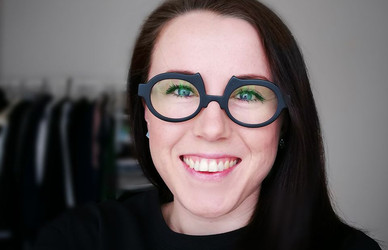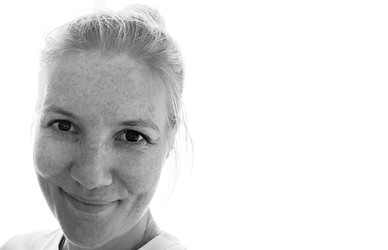A brand new story about fur
"For many people fur is a controversial material. It is associated with 'rich upper-class women' and mindless consumption. That is not necessarily the whole truth, for fur has a large sustainable potential. Furs are designed very efficiently in terms of resources, and people look after their extremely expensive fur coats and keep them as part of their wardrobe for many years – which is in line with the principles of sustainability in both production and consumption. Therefore my research team and I, together with Kopenhagen Fur, have explored how the organisation can use its insight into sustainability as a basic narrative," says Else Skjold, Assistant Professor, PhD at Design School Kolding.
In the project 'Fur and Sustainability – a Design Perspective' she has collaborated with the school's research, education and LAB departments about how to strengthen the design and sustainability profile of Kopenhagen Fur, the Danish fur breeders’ organisation. More specifically she looked at how design management could contribute to the development of new knowledge about the use of strategic design in relation to sustainability in the organisation.
Methodical design
With a PhD in organisation and management from Copenhagen Business School (CBS), co-funded with Design School Kolding, Else Skjold has in-depth experience about the intersection between design and management. Hence she quickly discovered some challenges in the unspoken expectations that Kopenhagen Fur had to its design department:
"When I joined the project, the design department was a little de-centralized. The designers’ offices were in a posh location in the city centre, while the company's headquarters, where the fur auctions also took place, are located in the suburb of Glostrup. The designers were the 'creative geniuses' whose job it was to push a lot of fur into the world of fashion. The bias that designers can make some really beautiful things is widespread. But that is inconsistent with how methodically designers actually work today within their field, "says Else Skjold. In order to dust off that view a bit, she therefore decided to knock on some doors.
A brand new story
"Good, strategic design can move the entire company’s storytelling. And that was what was needed here, if we were going to create new narratives about fur. In order to do that it is necessary to understand the entire company. Therefore the research team visited all departments in the company: Sorting, sales, marketing and the auction, to understand who was in charge of what. It turned out that there were many different perceptions of what fur is and who Kopenhagen Fur actually sells to," says Else Skjold. She used that knowledge to facilitate a completely different view of the designers' role in the company:
”By integrating Kopenhagen Fur’s vision and mission with design we managed to create a brand new synergy. Designers are known to be good communicators. When they are working with design briefs they reflect deeply on who they are designing for. All modern designers are used to that approach. Hence by strengthening the storytelling about sustainability we ended up developing design briefs together with Kopenhagen Fur that appeal to other consumer segments than the upper-class woman, for instance an adult, professional segment who is conscious about quality both in terms of materials and good design. This simple approach to design development,” Else Skjold concluded, “strengthened Kopenhagen Fur’s stories about fur.”
In 2017, Design School Kolding and the international Cumulus Association will be hosting a large, international conference with the title REDO. The purpose of the conference is to zoom in on design’s role in creating a sustainable future and achieve impact on political decision-making processes. As a prelude to the conference, we will be bringing a series of articles to show Design School Kolding’s research and how we work to bridge the gap between design thinking and design practice.




